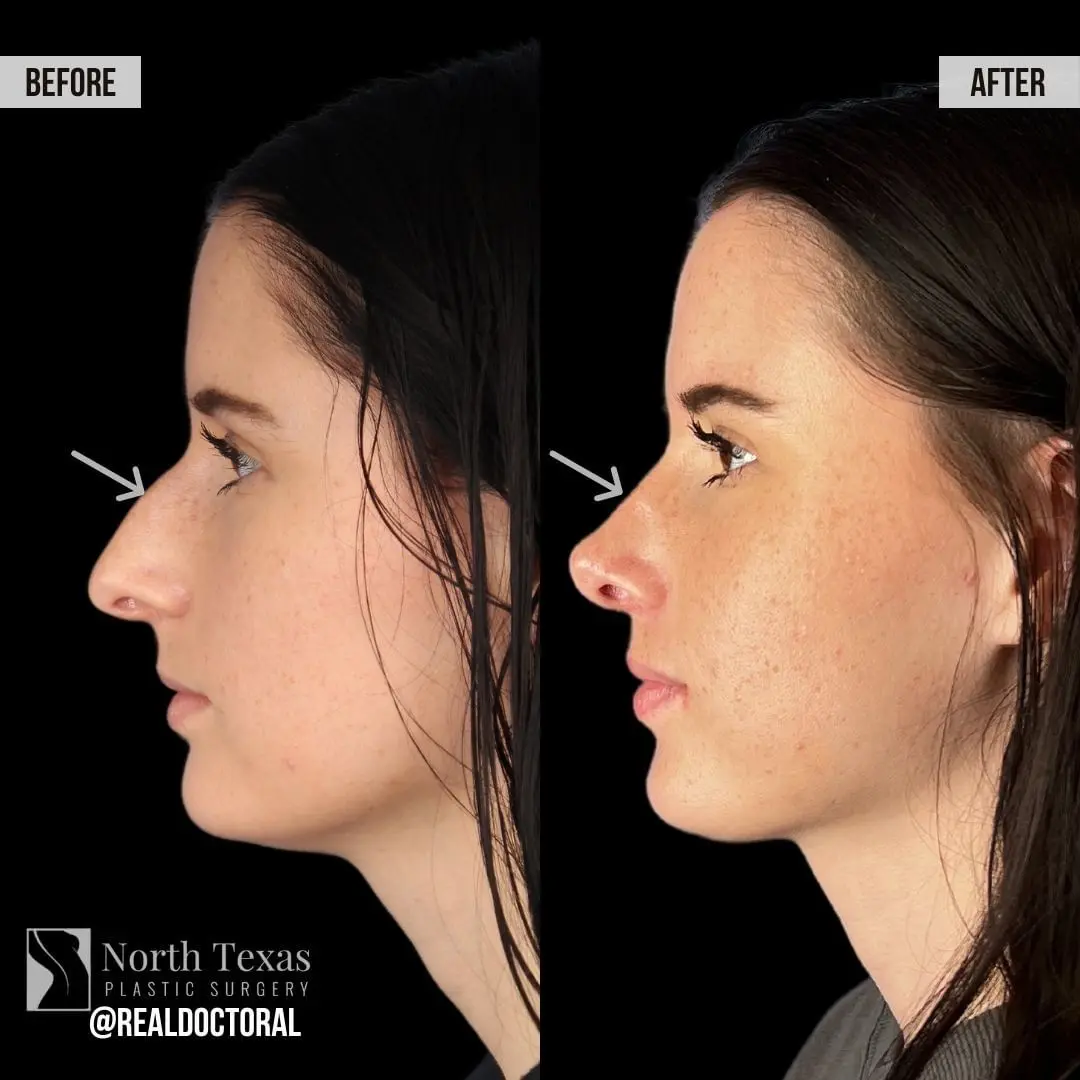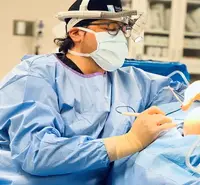A tummy tuck is a surgical body contouring procedure that removes excess skin and fat from the abdomen while tightening abdominal muscles. While the procedure can deliver dramatic results, it is not right for everyone. Let’s explain who is a good candidate for a tummy tuck and what to expect during recovery so you can make an informed decision about your next steps.
Who Is a Good Candidate for a Tummy Tuck?
A person who will benefit the most from a tummy tuck typically has excess skin, stretched abdominal muscles, or stubborn fat in the midsection that has not responded to diet or exercise. You should be in good overall health and have maintained a stable weight for at least six months.
Significant weight fluctuations, including during pregnancy, can reverse the surgical results. You should be a non-smoker or willing to quit smoking for six weeks before and after surgery, as smoking increases the risk of complications such as infection.
What Happens Immediately After Surgery?
A tummy tuck is done under general anesthesia and often on an outpatient basis. However, you cannot drive yourself home after the procedure, so it is important to have someone pick you up and stay with you for the first 24 hours. After surgery, you may have drains in place to help prevent fluid buildup but we will provide instructions on how to care for them.
You will also have a compression garment to minimize swelling and support your healing tissue. It is normal to feel sore, tight, or swollen in the abdominal area due to surgical manipulation, but you may use prescribed medications to manage any discomfort or pain. It is important to follow your post-operative instructions closely to reduce the risk of complications and infection.
The First Week of Recovery
During the first week, you should focus on rest, gentle movement, and pain management. Your plastic surgeon will likely advise you to walk slightly bent at the waist and to sleep in a reclined position to reduce tension on the incision and encourage proper healing.
Avoid lifting, stretching, or strenuous activity. You will have a follow-up appointment during this period to assess your healing progress and possibly remove the drains.
Gradual Return to Normal Activities
Over the next two to four weeks, you will gradually return to regular activities, including walking. If you have a non-strenuous job, you may be able to return by the second or the third week, depending on the extent of the procedure and how your recovery is progressing.
You should continue to wear your compression garment as directed to support healing. While you may feel better, you still must avoid heavy lifting, core exercises, or high-impact activity to protect the surgical site and internal sutures.
Long-Term Healing and Final Results
While full recovery can take several months, most swelling subsides within six to eight weeks. The final results will become more apparent over time. Although scar tissue will fade over approximately 6 months, some scarring may remain visible.
Your post-operative instructions will include ways to care for your incisions to reduce the appearance of scars. Maintaining a stable weight through healthy habits is also key to preserving your results long term. After surgery, your body requires the necessary nutrients to heal, so you should eat a nutritious, protein-rich diet, and stay well hydrated. Light walking can help reduce the risk of blood clots, but you should avoid strenuous activity until cleared by your plastic surgeon.
Contact Us To Learn More About Tummy Tuck Candidacy and Recovery Expectations
A tummy tuck can be a life-changing procedure for the right person! You will have a flatter abdomen, tighter muscles, and renewed confidence. With careful planning and expert surgical care, you will love the results.
Your first step is a consultation, during which we assess your goals, evaluate your health, and recommend a personalized treatment plan. Contact one of our five offices in North Texas today to learn more about the ideal candidates and recovery expectations for a tummy tuck!

 June 20, 2025
June 20, 2025





















